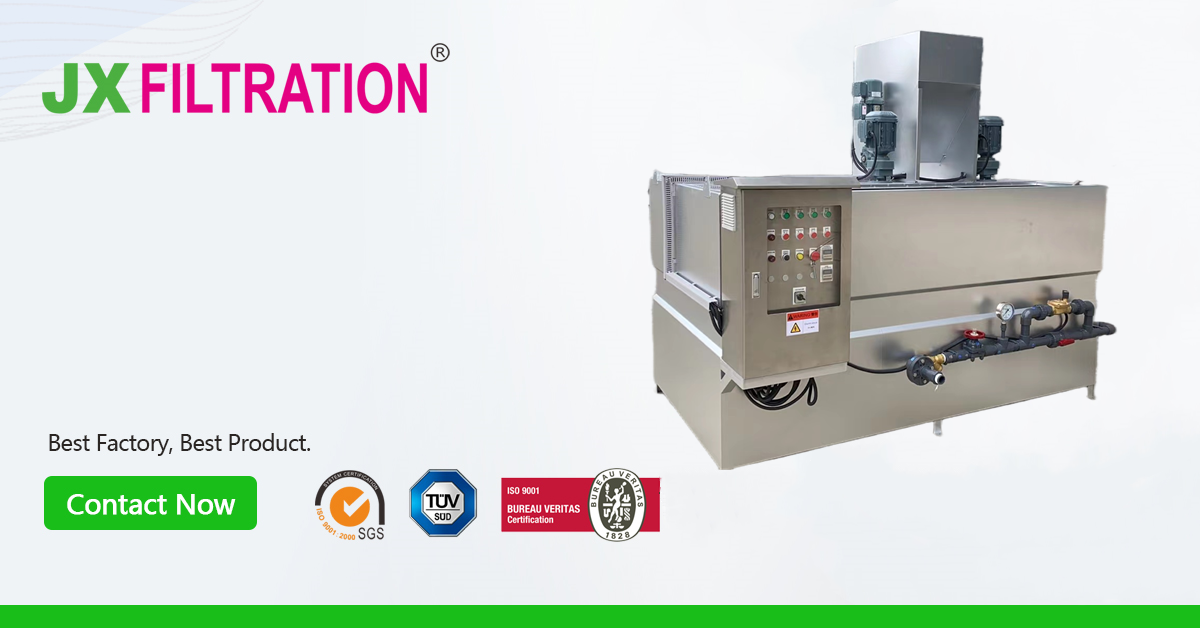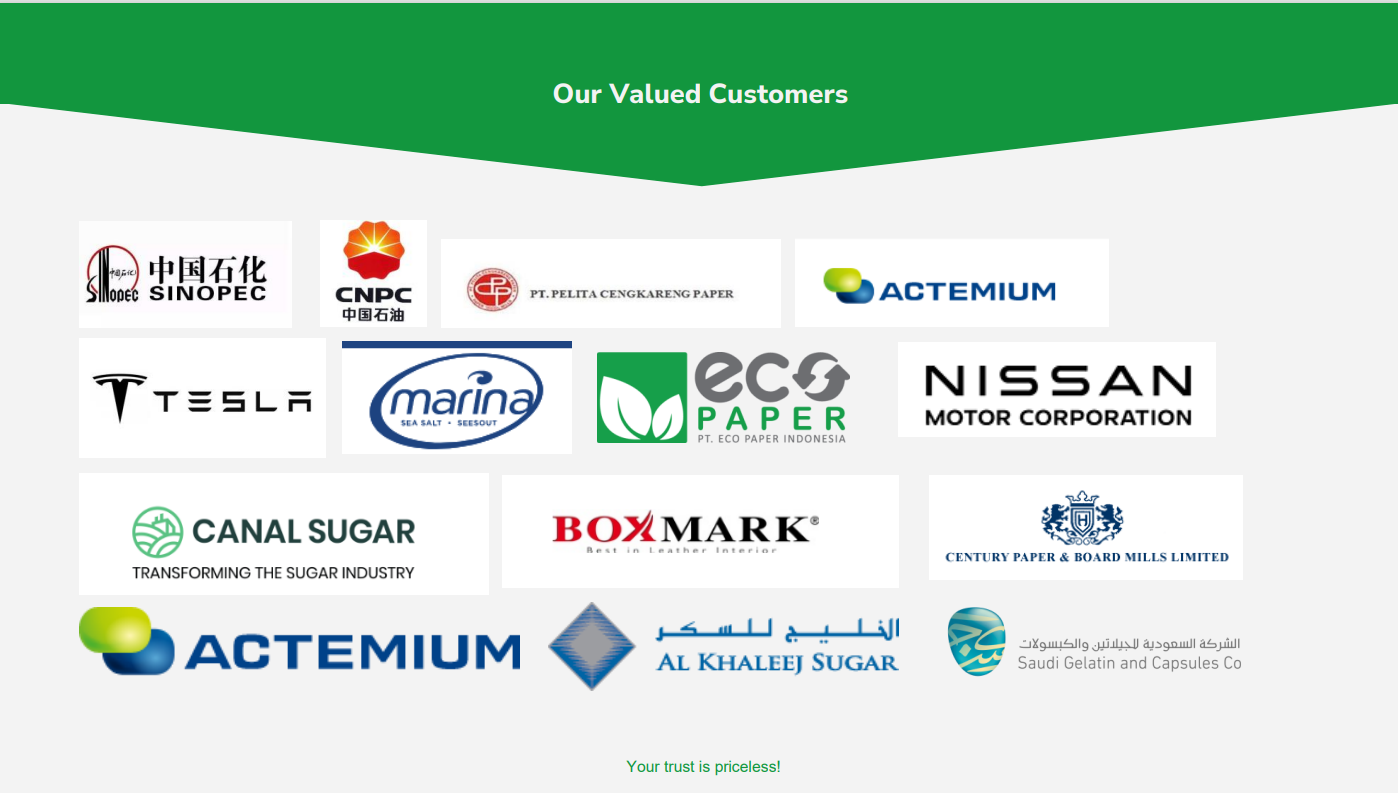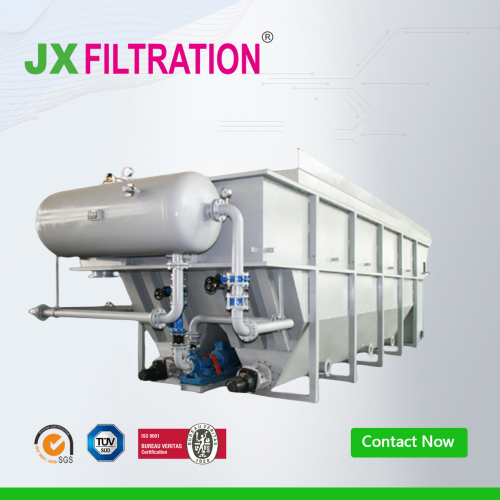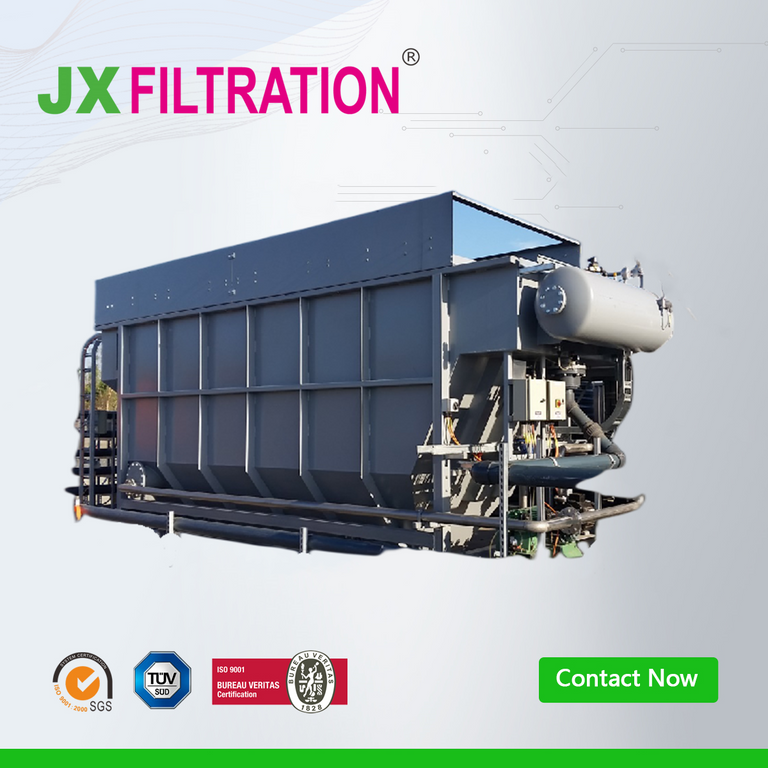What is Vortex DAF
The vortex air flotation machine (DAF) is a new type of wastewater treatment equipment primarily designed to remove grease, colloidal substances, and solid suspended matter from industrial or municipal wastewater.

The system mainly consists of an aeration device, a scum scraping device, and a sludge discharge device. The aeration device features a patented vortex aerator, while the scum scraping device comprises a skimmer and a traction chain.
Working Principle:
The dissolved air system is driven by a motor that rotates at high speed (typically controlled between 1000–3000 r/min). Through the high-speed rotation of the bottom diffusion impeller (with hollow blades), a negative pressure zone is formed in the water, drawing air from the water surface through the hollow pipe of the vortex aerator into the water.
The air is released into the water and sheared into fine bubbles by the high-speed blades. These small bubbles attach to flocs during their upward movement, forming new low-density flocs. The buoyancy of the water carries these suspended solids to the surface, where they are removed by the scum scraping device.
Process Flow:
Pre-treated wastewater flows into a small aeration section equipped with a vortex aerator. The high-speed rotation of the bottom diffusion impeller creates a vacuum zone in the water, drawing air from the surface through the suction pipe into the water. The triple shear effect produced by the impeller shreds the air into microbubbles, allowing oxygen from the air to dissolve into the water. Solid suspended matter adheres to the microbubbles, rises to the surface, and is pushed towards the sludge scraper by the radiating air currents.
The sludge scraper, driven by a motor-gear system located on one side of the tank, moves across the surface to scrape floating solids onto an inclined metal plate. These solids are then pushed from the inlet end of the flotation tank to the sludge discharge pipe at the outlet end. A horizontally installed screw conveyor inside the discharge pipe transports the collected sludge to a sludge collection tank, which is also typically driven by the skimmer's motor.
The purified wastewater exits through an outlet beneath the metal plate and flows into an overflow tank. The overflow weir controls the water level within the flotation tank, ensuring that liquid does not enter the sludge discharge pipe. An open return pipeline extends from the aeration section along the bottom of the flotation tank.
While generating microbubbles, the vortex aerator also creates a negative pressure zone at the bottom of the tank with the return pipe, causing some wastewater to recirculate back to the aeration section and then return to the flotation section. This process ensures that around 30%–50% of the wastewater is recirculated, allowing the system to continue operating even without incoming water.
Any Requirements, Contact Us Now!
Kris
Email/Teams: kris@filtrationchina.com
Mobile/Whatsapp/Wechat: +86 18980776200


